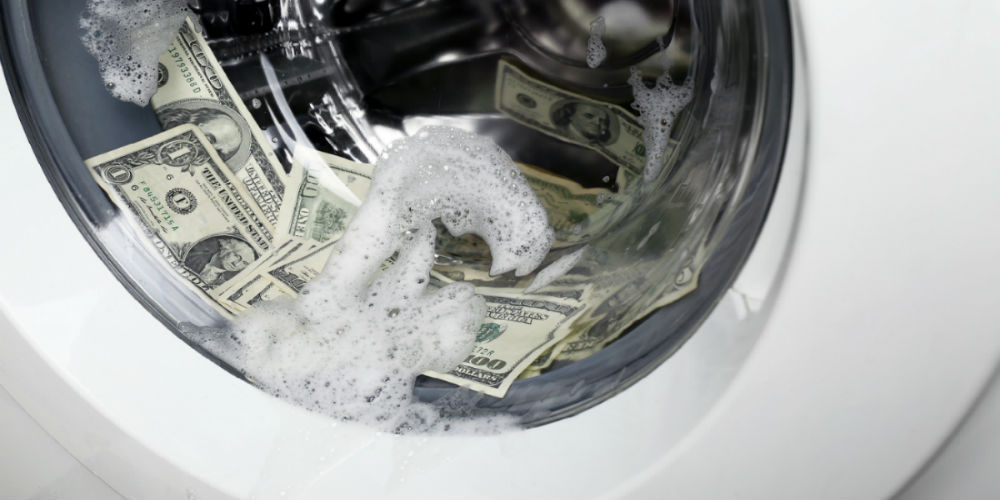Transaction laundering in the payments landscape

These days, criminals have turned to internet-based transaction laundering to disguise profits from unscrupulous and illegal enterprises. Transaction laundering has also been referred to as factoring, undisclosed aggregation, and electronic money laundering, and it occurs when an undisclosed online business uses another company’s payment credentials to process unknown transactions on behalf of the undisclosed business. Quite often, the latter is choosing to have their money go through a front organization for payment processing because this effectively anonymizes their transaction.
In this blog post, we’ll discuss how transaction laundering works and what the industry is doing to combat it.
How Transaction Laundering Works;
Transaction launderers’ websites often appear legitimate, and may even advertise “normal” goods and services as a cover for counterfeit or illegal goods and services. Launderers’ insert themselves into the payment ecosystem through various methods, including the use of front companies which disguise criminal activity through the use of a legitimate business; pass-through companies which provide illegal businesses access to a legitimate company’s payment processing account; and funnel accounts which, like pass-through companies, allow one or more companies that are unable to obtain a merchant payment account (because they engage in illicit activity) to “funnel” transactions through a legal business. This allows those who are selling illicit goods and services a way to hide the money they obtained illegally and make it seem as if it came from a legitimate source.
continue reading »




